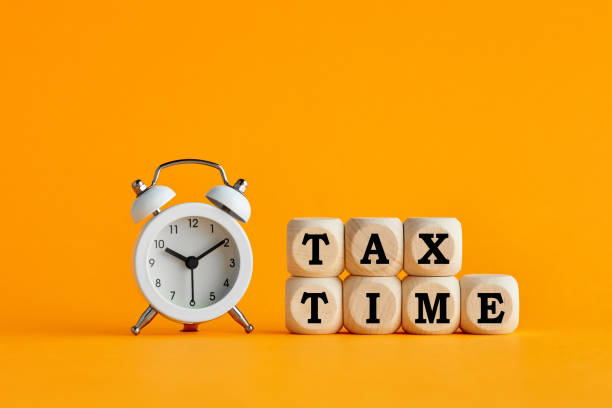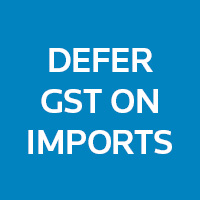How to take advantage of the Government’s digitalisation incentives this financial year
Key Points:
- $1 billion is being provided to support small businesses digitalise their operations with a new bonus tax deduction
- For every $100 a business spends on digital economy technologies, they get a $120 tax deduction
As part of the Australian Government’s Digital Economy Strategy, $1 billion is being provided to support small businesses digitalise their operations with a new bonus tax deduction.
SMEs with an aggregated turnover below $50 million per annum will be able to deduct an additional 20 per cent of the cost incurred on business expenses and depreciating assets that support their digitalisation. So, for every $100 a business spends on digital economy technologies such as flexible work solutions, cyber security, cloud adoption, e-commerce, or new software services, they get a $120 tax deduction.
This is a huge win for SMEs as it will help fund their digital transformation for the future. And yet most business owners are unaware of the current digitalisation incentives, whether it applies to them or how they can benefit. As the tax incentive is only available until 30 June 2023, it is simply a wasted opportunity to not capitalise on the investment boost being offered. It’s time to do your research and analysis, identify the areas within your business that would benefit from digitalisation, prioritise those needs and choose the right partners to leverage.
Senior leadership involvement in software purchasing was up 7 per cent since the start of the pandemic, and over the last two years, demands have caused IT budgets to skyrocket. Yet these budget increases cannot continue, so one critical solution is for SMEs to focus on optimising their tech stack. The question is, how do you get started?
1. Conduct a full business evaluation and digital audit
Analyse all pillars of your business to work out what can be done more efficiently and effectively and how can technology be the enabler. Assess the tech stack you already have and see if there’re ways to consolidate and optimise for performance. Based on the known gap, research the digital tools, platforms, or solutions that will complement and enhance your current tech stack and enable you to increase productivity, profitability, and assist in improving the way of working for the future.
2. Prioritise your digital requirements
In Frost & Sullivan’s research, the top five selection criteria for businesses choosing a new IT solution were:
- supporting IT processes automation 28 per cent
- improving employee productivity 25 per cent
- ensuring performance & reliability 25 per cent
- value for money 23 per cent
- improving IT administration/management 22 per cent.
The research also found that one of the most important digital solutions to invest in, is one which ensures the business can successfully run from anywhere. Yet SMBs are often lacking in a simple, reliable and scalable solution for the hybrid and remote working world in which we now live in and is here to stay.
3. Do your research
Decide which provider is the right fit for your business now and in the future. Conduct online research, talk to peers, and seek out expert advice to identify a shortlist of providers. Choose a solution that is suitable and cost effective for SMEs, yet with the capability and capacity to grow as the business scales, with on-demand support as and when required. For example, GoTo provides flexible work software that enables businesses to achieve a sustainable, resilient, and future-proof work-from-anywhere strategy. Significantly, it provides enterprise-grade technology specifically designed for SMEs, combining unified communications and collaboration as well as IT management and support solutions in one affordable application that can scale to facilitate future growth.
4. Invest
Don’t wait. The market is constantly transforming, and you don’t want to be left behind. The bonus deduction applies for qualifying expenditures up to $100,000 per annum incurred between 29 March 2022 until 30 June 2023. Consult us for advice on how to maximise this tax incentive today.
Disclaimer: The content of this summary is general by nature. We therefore accept no responsibility to persons acting on the information herein without consulting with DSV Partners. Liability limited by a scheme approved under Professional Standards Legislation.














